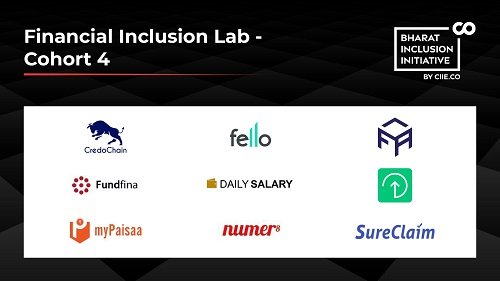As customers spend increasingly more time on their mobile apps, curating an effortless mobile experience that seamlessly blends into the overall channel mix has become critical to winning a greater share in the market. Whether we look at the B2B ecosystem or B2C, service-intensive industries have managed to accessorize their principal and latent services alike through their mobile apps. However, what remains to be done, is making these services accessible to the customer – accessible in the same manner as the fingerprint scanners that have managed to eliminate the need to key-in passwords and pins to unlock our mobiles.
 |
Avijit Biswas, Co-founder and CEO, Bayestree
While companies are rushing to create and onload their services onto their mobile apps, the customer is often left at crossroads without signboards – hunting through menus hidden within menus. In the process of discovering a service, how many times are we left decoding the basis of categorization that is at play in this design – that fails to obliterate doubts in discerning customers’ minds.
Maybe the sales and revenue analytics took the statistics too far, and masked usability under the umbrella of an add-on service.
How many times have we walked the support menu top to bottom and then back to top again – searching for the elusive reason that got us there in the first place. Did someone check the drivers behind the cases created on the CRM Or is the analysis too focused on the top 10 and the rest are caught in the proverbial pareto trap.
Remember the first time you reached out to the app of a service provider when you needed something different If you have forgotten it may be worth observing a first time swimming through the category-decoding game that nearly every app plays thru this menu. Why can’t I just write in free text that I need last month’s account statement or I would like to add my daughter as a beneficiary under IMPS
Dismal app experience has led new gen users hunting for neobanks that sell a seamless digital experience in many countries and we may not be very far behind. However, banking isn’t in the spotlight alone – there are close contenders from the telecom industry too, where the appification of services has caused users to spend significant time in figuring out service request options hidden inside complicated multi-menus that earlier took a mere phone call to the service desk. The online retail experience deserves a mention too. Surely there could be more intelligent responses than ‘Couldn’t find what you were looking for‘. Netflix never accepts that they do not have what we are looking for and instead recommends what Netflix believes are ‘similar‘ ones.
Just think about how many times we managed to spot the page that we wanted to access through a sitemap Moreover, an app-map seems to beat the concept of appifying altogether. Clearly, the sitemap-inspired app-map is a poor cousin to the physical maps in the shopping malls. But the pressing question remains – how can the customer find their way out without losing patience – or worse, their mind – in the process of finding the password change option for the router at their home, their usage report, or the menu that allowed them to alter some account setting on your app
Perhaps the menus aren’t as big a problem as the category-decoding that forms the precursor to successfully finding that damned option on the mobile app! Menus are here to stay, and if your business is thriving, then get bigger. What’s needed, however, is that help-desk that effortlessly directed you to the fine dining outlet outside the food court in that shopping mall. Now, imagine a voice-powered intelligent search that could list the menu option that your customer was frantically looking for, as they spoke while their other hand was looking for a charger in their bag, or keying the pin at the ATM, or frantically unpacking their dinner after a busy day!
If there 39 menu options then all that’s needed is a powerful AI capability that can decode free text (and may be even emojis and mixed language expressions) and route the user to one of those.
Biologically, mobile engagement comes at a cost for homo sapiens – it’s time that businesses valued it so, rather than tracking engagement by counting the minutes that customers spend on apps – maybe they were cursing the design and simultaneously looking at a competing service that claimed to solve exactly the same problem. Plugging in the right machine learning technology (its available already and should require no coding at all) could do the trick.
Until then I am going back John Buchan’s 1915 classic and I am sure Netflix will offer ‘Titles related to‘ and never say ‘Couldn’t find what you were looking for‘.
This article is written by Avijit Biswas, Co-founder and CEO, Bayestree
![]()















